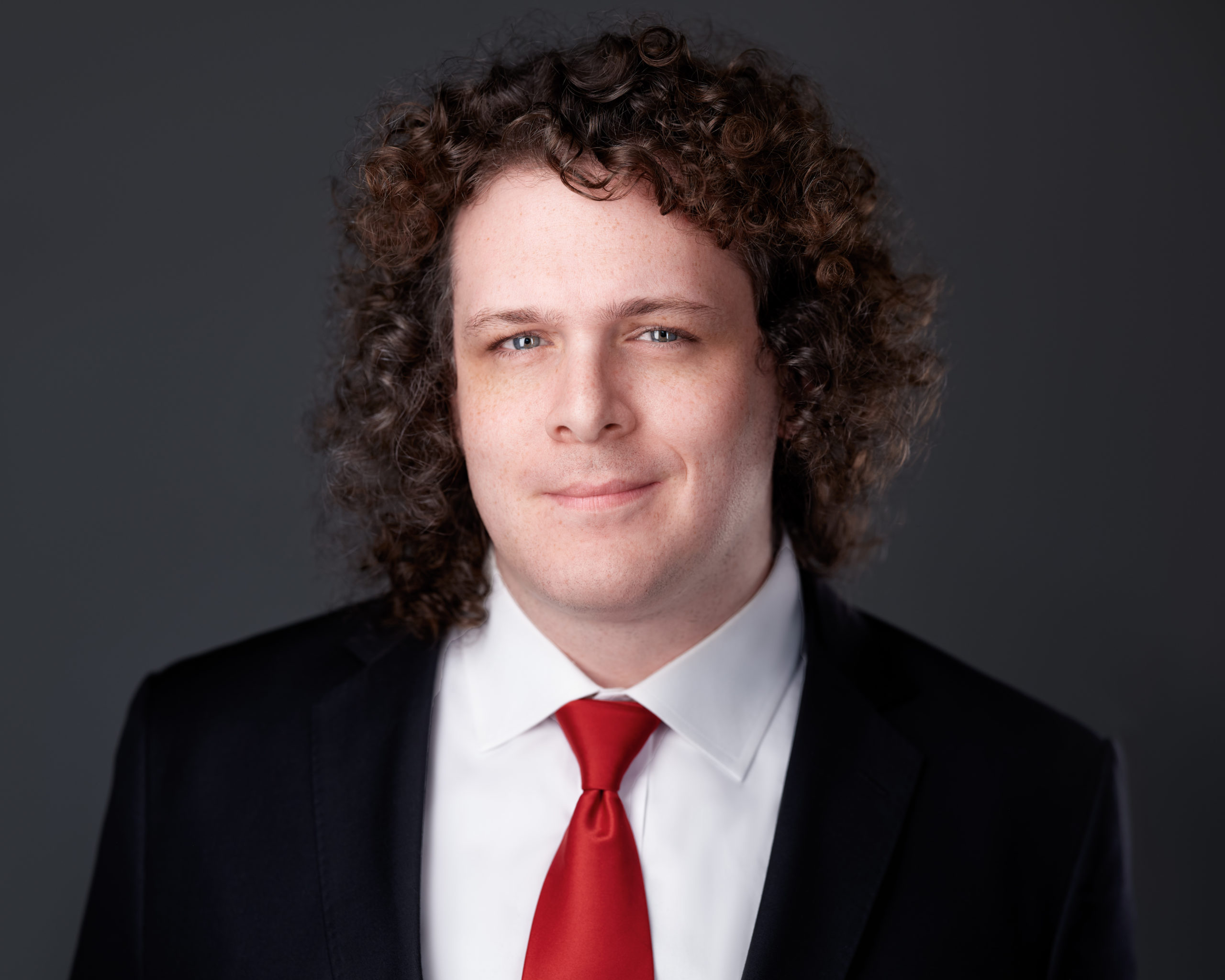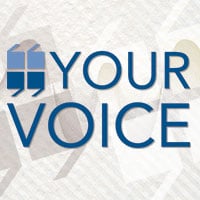Law schools face an inflection point with diversity, equity and inclusion

Josh Blackman.
In recent years, there has been a rise in law students heckling speakers. In 2018, I was shouted down at the CUNY Law School in New York. In 2022, Ilya Shapiro was shouted down at the law school formerly known as Hastings. And more recently, Judge Stuart Kyle Duncan of the Fifth Circuit was shouted down at Stanford Law School.
We were protested for speaking on different topics, but there was a common thread: Students at each institution insisted that we were not welcome on campus; that our mere presence made them feel unsafe; and that our messages were not worth the pain and suffering we would cause. Thus, the students refused to let us speak.
Who is to blame for these protests? Of course, the students who heckled speakers, in clear violation of university policy, were at fault. But the blame goes much deeper. These students have been taught from the earliest age that harmful speech has no place in educational institutions. It is no surprise that when confronted with speech they deemed harmful, the students used all of their power to shut down the event. Look no further than Tirien Steinbach, the Stanford DEI dean.
When she asked whether Judge Duncan’s juice was “worth the squeeze,” students snapped in unison. The students saw nothing wrong with their heckling. And neither did Steinbach. Indeed, Steinbach used her platform to criticize Judge Duncan, as a representative of the Stanford Law School administration.
At bottom, the blame for the protest falls on the education, or more precisely, the lack of education these students are receiving. The climate at elite law schools today is very different from the environment from even a few years ago. Judge James C. Ho of the Fifth Circuit described the current state of legal education as “intellectual terrorism,” in which students “try to terrorize people into submission and self-censorship, in a deliberate campaign to eradicate certain viewpoints from the public discourse.” When students are inculcated by administrators like Steinbach with the conviction that “harmful” speech has no place on campus, the debacle at Stanford becomes entirely foreseeable.
Fortunately, Stanford Law School Dean Jenny Martinez was not snapping along. Martinez placed Steinbach on leave because the DEI dean “intervened in inappropriate ways that [were] not aligned with the university’s commitment to free speech.”
Regrettably, Steinbach is not alone. Last year, Yale Law School was in the spotlight when a student sent a light-hearted email inviting classmates to his “trap house.” Some students found the email offensive. And the administration validated those objections. DEI director Yaseen Eldik demanded the student apologize for his allegedly “triggering” and “oppressive” comments. Eldik even threatened to report the student to the character and fitness committee.
Eventually, Dean Heather Gerken intervened and gently chastised Eldik, who was later reassigned to a nonstudent-facing position.
Steinbach and Eldik are the two most infamous DEI deans who have been rebuked by their institutions. Though I doubt they are alone. Both Steinbach and Eldik thought they were acting properly with the full support of their administrations. In hindsight, they were very, very wrong. But how could it be that well-trained DEI deans at elite institutions could have such a fundamentally flawed vision of the purpose of an academic institution?
On today’s college campuses, DEI administrators are among the most powerful positions. When every single conflict is refracted through the lens of race, power and privilege, it is of course obvious that DEI should be the sole arbiter of those disputes. For some time, these roving bureaucrats have assumed a limitless jurisdiction to touch every facet of an academic institution that could fall within the vast scope of diversity, equity and inclusion.
Michael McConnell, a professor at Stanford Law School and former federal court of appeals judge, recognized the broad authority that deans like Steinbach wield: “Nor is it possible to ignore the damage that university diversity bureaucracies can do to the scholarly values of liberal education.” McConnell observed, “diversity and inclusion are of course good things, but neither value is advanced by partisanship and censorship.” Dean Martinez shared McConnell’s concerns. She pointed out, “The university’s commitment to diversity, equity and inclusion can and should be implemented in ways that are consistent with [Stanford’s] commitment to academic freedom and free speech.” However, Martinez concluded, Stanford’s “commitment to diversity, equity and inclusion actually means that we must protect free expression of all views”—including allegedly “harmful” conservative views.
By contrast, Steinbach wrote that free speech and DEI are both “means to an end” to achieve “liberty and justice.” For Martinez, free speech prevails over DEI. For Steinbach, free speech and DEI are mere tools that are subordinate to some amorphous concept of “liberty and justice” (presumably defined by progressives like Steinbach). And when free speech does not promote DEI, then free speech must be subordinated. Steinbach made this point explicitly. She questioned whether the harm from Duncan’s speech justified his presence. In other words, when the juice is not worth the squeeze, you discard the rind.
DEI, as understood by Steinbach and Eldik, is inconsistent with the mission of higher education. It is not the university’s role to arbitrate what speech is harmful and what speech is beneficial. The venerated Kalven Report, issued by the University of Chicago in 1967, stressed that “the neutrality of the university as an institution arises then not from a lack of courage nor out of indifference and insensitivity.” Rather this neutrality “arises out of respect for free inquiry and the obligation to cherish a diversity of viewpoints.”
Universities and faculties in particular should take decisive action to prevent future Steinbachs and Eldiks from subverting the core principles of academic inquiry. At this inflection point, I propose a five-course action plan. First, every faculty should adopt, or reaffirm, a free speech policy that clearly spells out the university’s commitment to a diversity of viewpoints. That policy also should delineate the consequences for heckling speakers. Students should be given a stern warning at orientation, so they are on clear notice about the rules.
Second, universities should restructure DEI departments. For starters, DEI deans should be tenured members of the faculty, rather than untenured staff. Faculty members generally have a long-term commitment to the institution and are attuned to how professors, students and other stakeholders approach sensitive issues. If the DEI dean is a faculty member, it is more likely that the faculty will have some visibility of the various DEI activities.
Moreover, the institution should define the jurisdiction of DEI departments and ensure that student-facing deans remain neutral and do not endorse any particular ideology. And yes, beliefs about “privilege,” “anti-racism” and “unconscious bias” are not objective truths; they are contested ideologies. A law school administration could no more endorse critical race theory than it could endorse originalism. Educational institutions must remain neutral.
Third, faculty governance should assert oversight of DEI departments. For example, any DEI programming that students are required to attend should be approved by the faculty curriculum committee. Any diversity mandates imposed on hiring or admissions should be approved by the faculty committees on appointments and admissions. Academic institutions are faculty-governed. DEI should not issue edicts to the faculty; the faculty should provide approval to DEI.
Fourth, DEI staffers should be required to attend training on free speech and academic freedom. These classes can be provided by the constitutional law faculty or by outside groups like the Foundation for Individual Rights and Expression. The Duncan debacle should be a case study of what not to do. Employees like Steinbach who see free speech as subordinate to DEI values, should seek other employment. They have no place in an institution of higher education.
Fifth—and this one is key—universities should commit themselves to hiring ideologically-diverse professors. It is regrettable that Stanford has one right-of-center public law scholar—Judge McConnell. Yale has zero. Conservative students at Stanford and Yale are jurisprudential orphans. If more conservative scholars are hired, progressive students will invariably learn how to deal with those they disagree with—cross-cultural competency in modern lingo—and may realize that the divide between right and left isn’t as large as they thought. Harvard, which has a handful of conservative faculty members, has unsurprisingly stayed out of the headlines. Other schools should follow the hiring practice started more than a decade ago by Dean Elena Kagan.
Higher education faces an inflection point. Stanford is just the proverbial cardinal in the coal mine. Institutions must choose whether to allow DEI to erect their own fiefdoms that will tower over a school’s academic mission. Or deans and faculty can restore the proper balance of powers between academic departments. They should make this choice, while they can still make this choice.
Josh Blackman holds the centennial chair of constitutional law at the South Texas College of Law in Houston and is the co-author of An Introduction to Constitutional Law: 100+Supreme Court Cases Everyone Should Know.
ABAJournal.com is accepting queries for original, thoughtful, nonpromotional articles and commentary by unpaid contributors to run in the Your Voice section. Details and submission guidelines are posted at “Your Submissions, Your Voice.”
This column reflects the opinions of the author and not necessarily the views of the ABA Journal—or the American Bar Association.
Your Voice submissions

The ABA Journal wants to host and facilitate conversations among lawyers about their profession. We are now accepting thoughtful, non-promotional articles and commentary by unpaid contributors.

